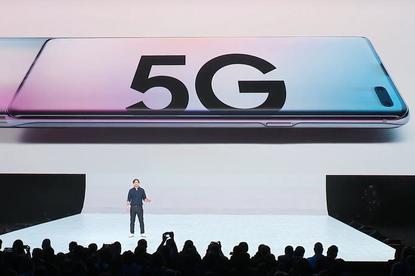Telstra 5G network no longer reliant on 4G
- 01 May, 2020 10:00

Telstra is claiming to have upgraded its network to enable 5G standalone devices to operate without defaulting 4G.
According to Telstra, its radio network will now connect to a cloud native 5G core network in anticipation of the release of standalone 5G devices towards the end of this year.
Although both Telstra and Optus began last year offering services based on 5G, those services still relied on 4G/LTE infrastructure for key functions.
Telstra announced its first commercial 5G device, an HTC-manufactured mobile hotspot that also supports 4G in March 2019, and in July made its first standalone 5G call.
However, having made a number of upgrades alongside infrastructure partner Ericsson, Telstra claims 5G standalone operations will no longer need the support of underlying 4G technology.
As a result, the telco is claiming the network will now be able to support “enterprise services that power a branch office running multiple applications and services”.
It claimed it is now “working closely” with device manufacturers and other partners, on new 5G productions, with testing of standalone devices still underway.
Telstra has previously said it would charge many of its customers a premium to receive 5G connectivity., even though non-standalone devices are the only ones available currently.
“Getting the Telstra mobile network to be 5G standalone-ready is an important step towards unleashing greater capabilities for enterprises and consumers alike,” Nikos Katinakis, Telstra’s group executive networks and IT, said.
“Working together with our technology partner Ericsson, our new 5G service-based architecture will allow us to create innovative new services and solutions and deliver these much quicker than in the past.”
The latest move in the 5G arms race comes months after rival Optus made its first 5G data call over the 2300MHz spectrum, also in partnership with Ericsson.





